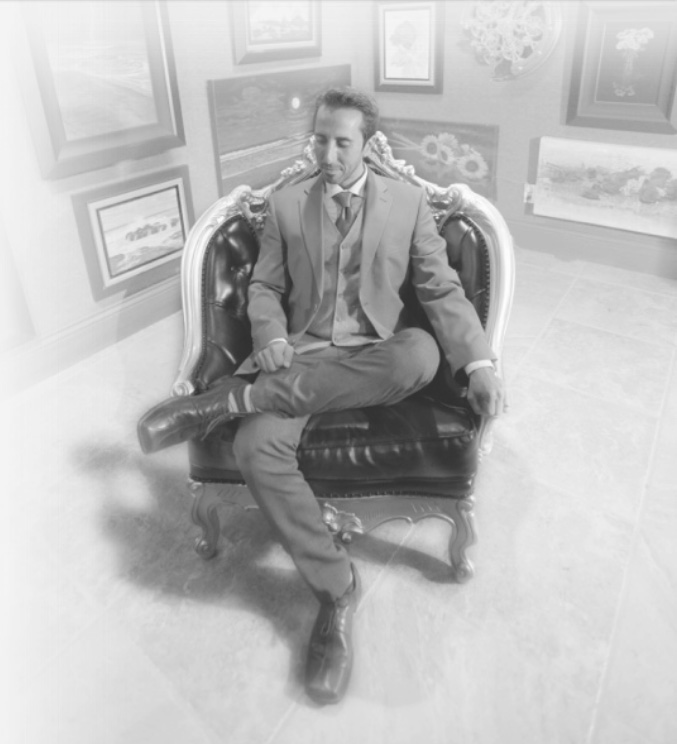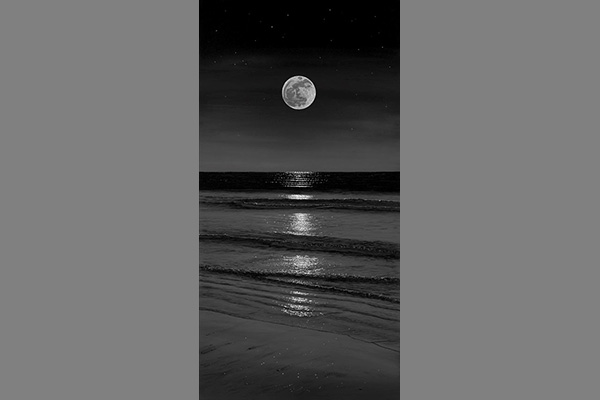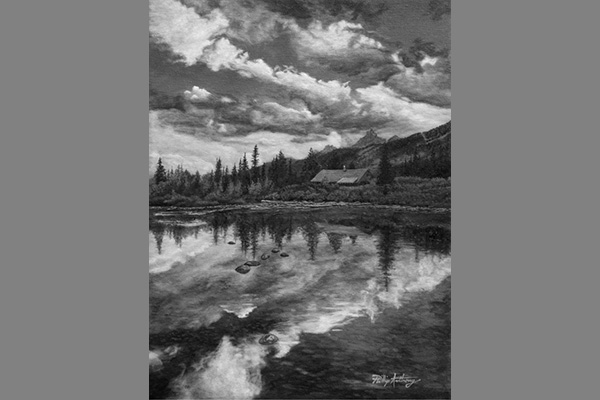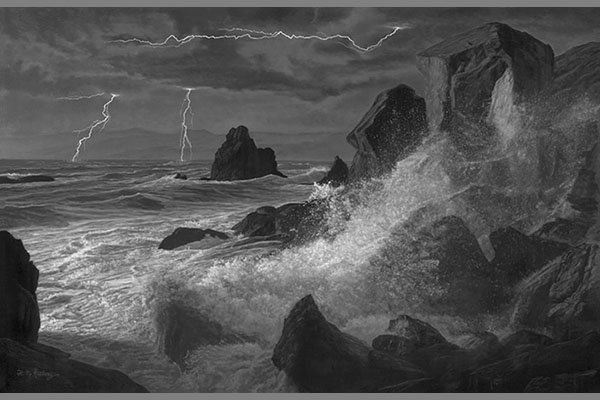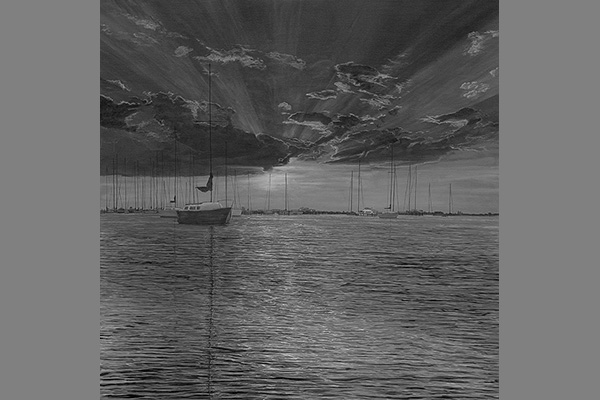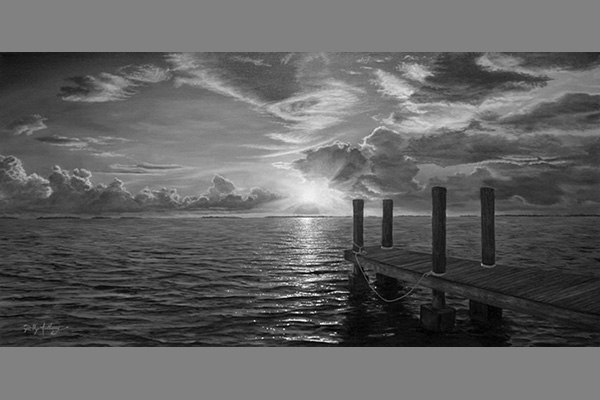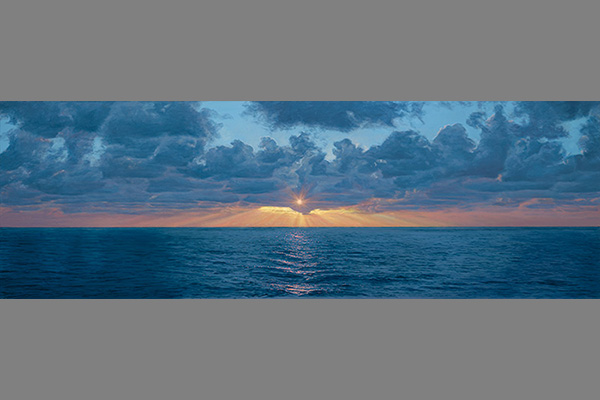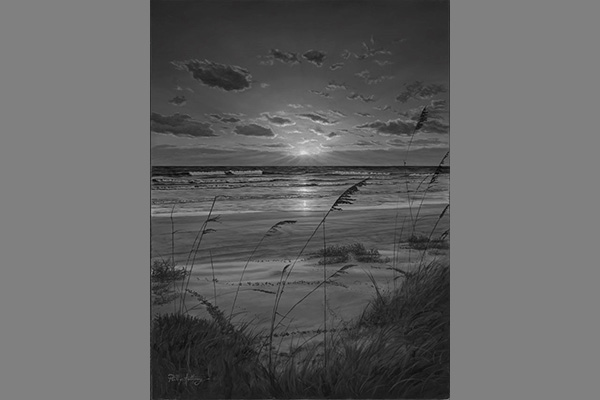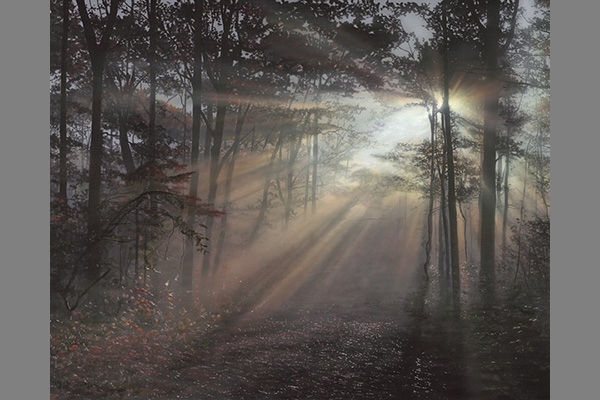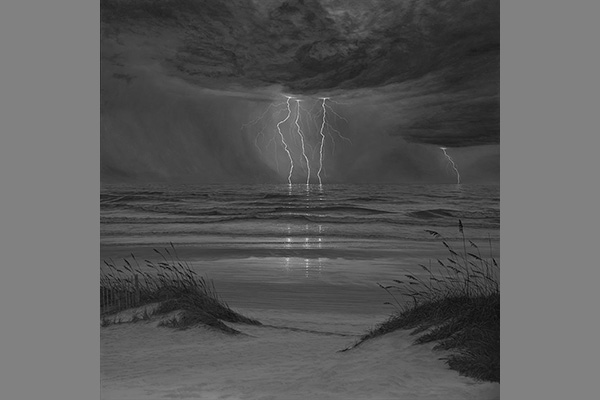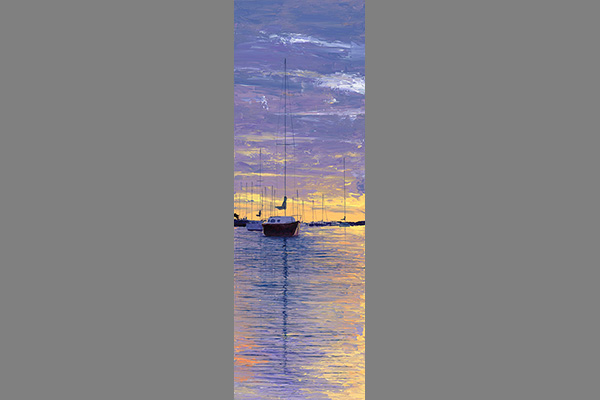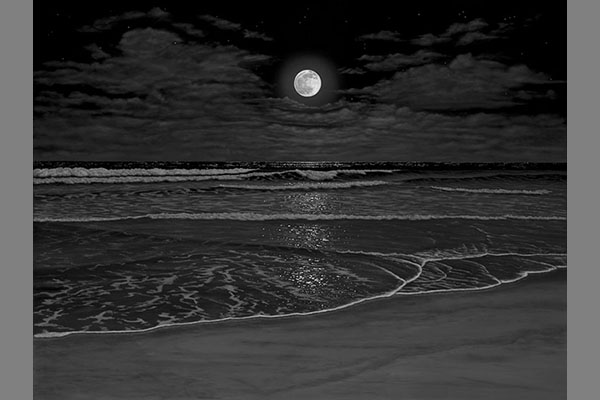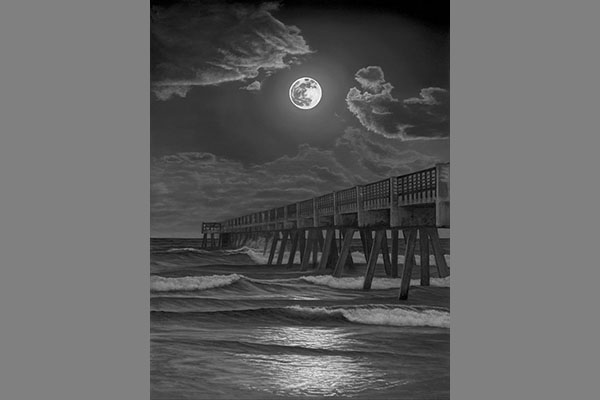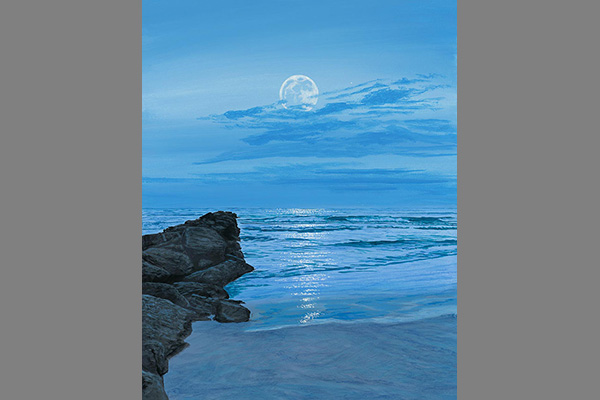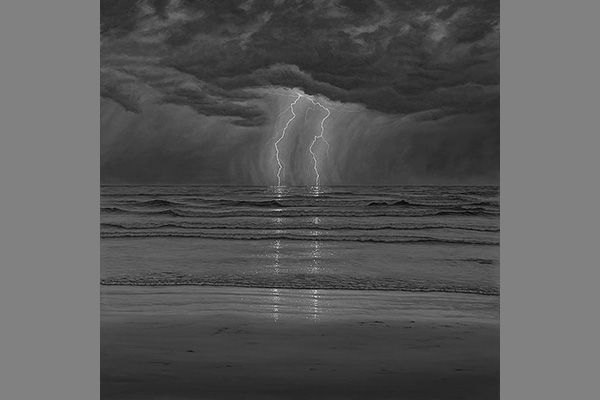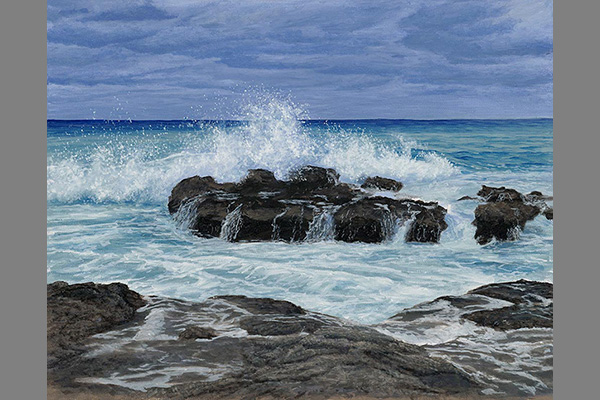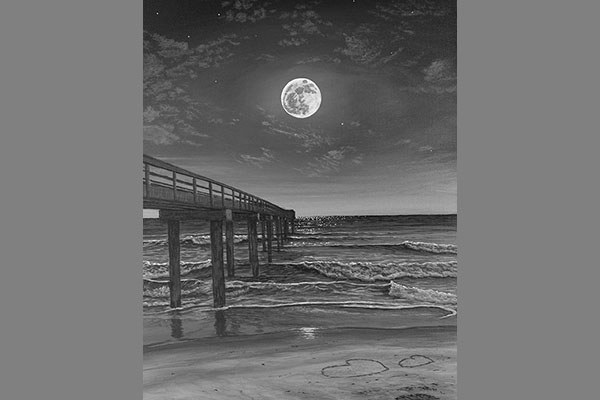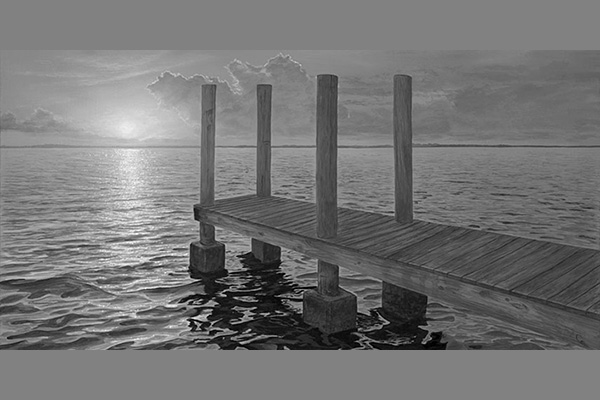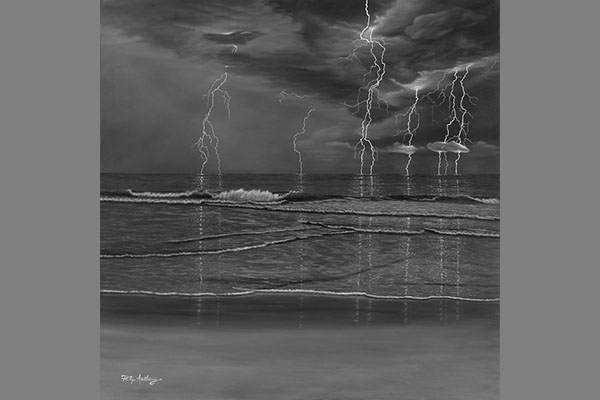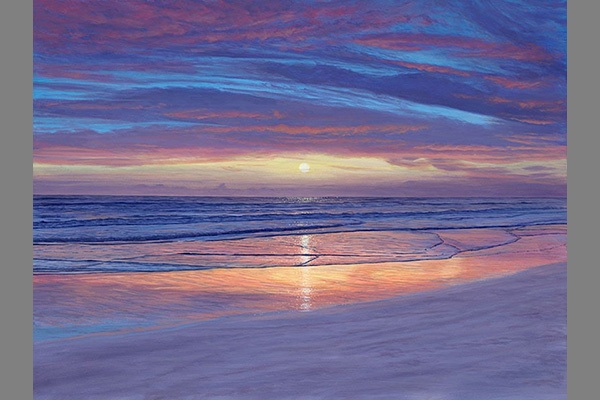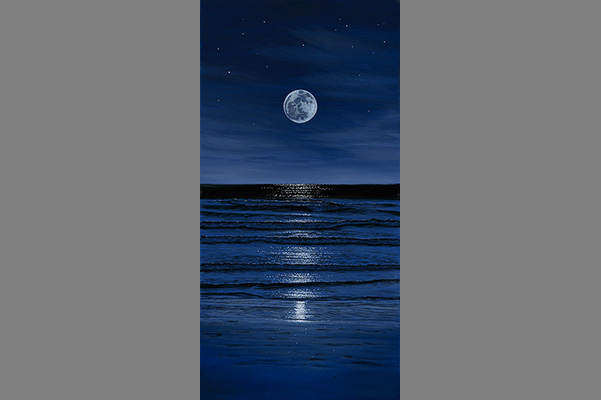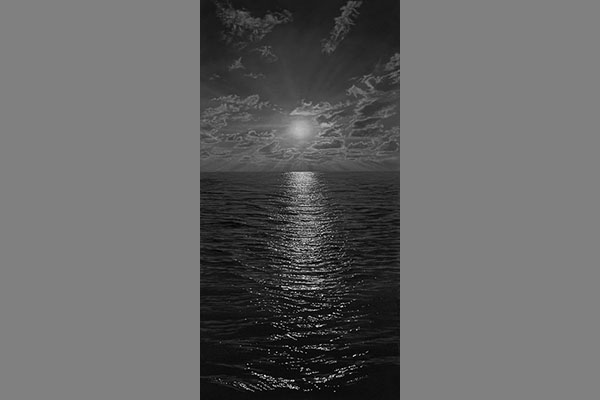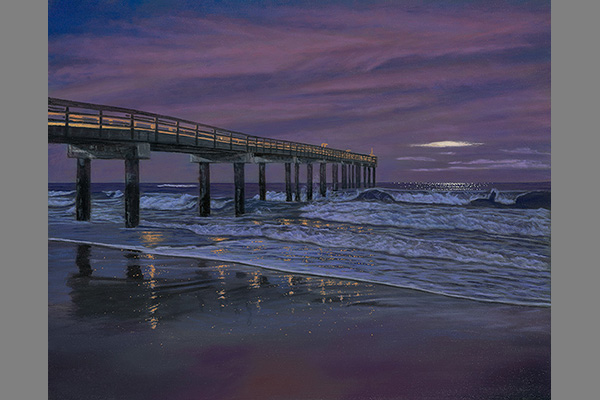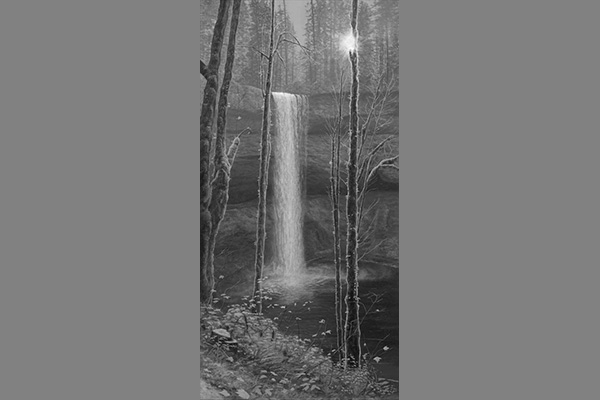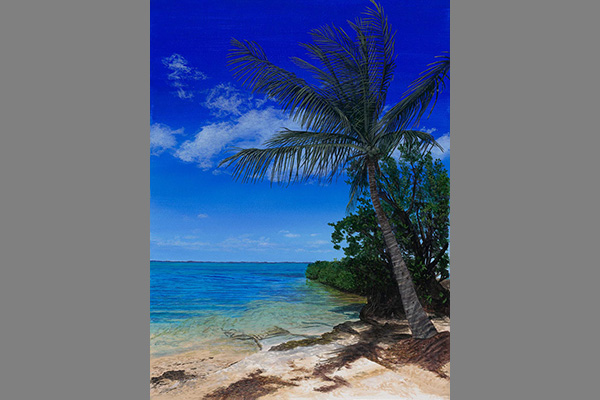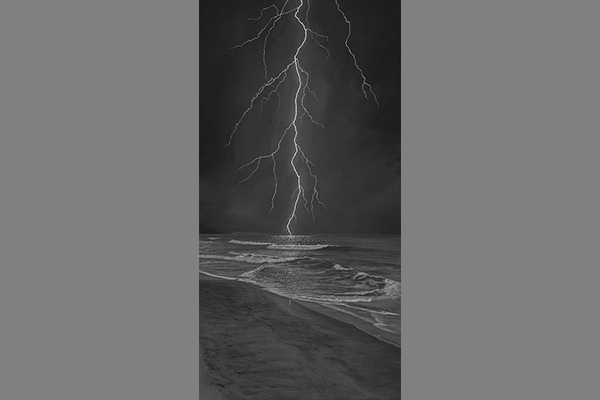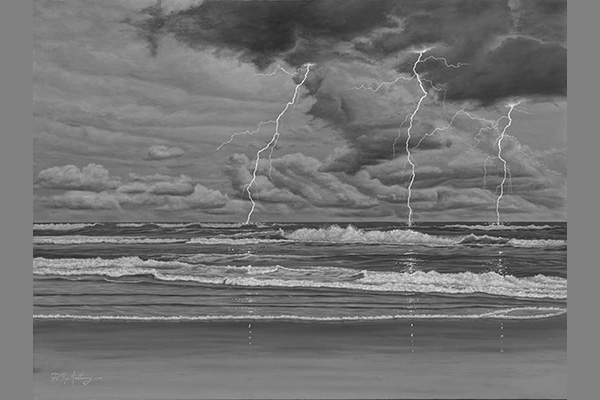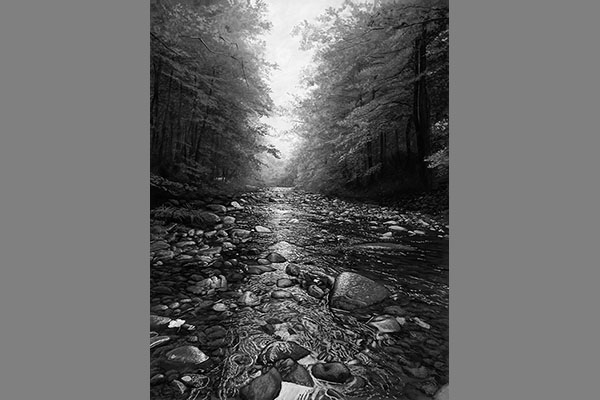Phillip Anthony
Born in Glendale, California, Phillip's family moved to Idaho Falls, Idaho at an early age. Phillip's development was subtly starting with drawing and sketching as he grew up. He was drawn to traditional black and white photography and the process of working in a dark room. Moving to Florida to be a film director, he was pulled towards cinematography focusing on composition and lighting.
Phillip's walk toward fine art was a great turning point in his life. Responsible yet searching for a deeper meaning and purpose in his mid-20s, Phillip literally stumbled into a local gallery in Orlando one night. For the first time, he was surrounded by artists who were painting live. Weekends of partying turned into weekends of painting, which turned into painting daily. In only several months, Phillip was creating photorealistic portraiture paintings using watercolors and acrylics.
The challenge began about a year into painting. Galleries were astonished by his ability and the fact that he was an artist that had only been painting for one year. Their objections were all the same, "We love your work but it has to be in oil," and "it has to be more than a pretty face." Phillip's response was, "I have no idea how to paint in oil... but I can figure it out."
Getting away from the rejections, on a surfboard in the ocean, he posed the question, "What inspires me?" Sitting on the beach after catching a few waves it came to him. Nature is this beautiful sculpture that includes all of the elements. It's where he finds peace and contentment by spending time in his faith. It evokes our senses to feel a spiritual connection. Everyone may view our creator differently, but they feel that presence in nature.
Several months later, Phillip was beginning to sell his very first oil seascapes in three smaller galleries. The question would always be asked, "So how long have you been painting in oils?" The response of, "a few months," always had to be repeated. Approaching the larger galleries again posed a new challenge, "You do great work, but we already have a seascape artist, and we've seen work like this before."
Influenced by his past love for sketching and black and white photography, Phillip wanted that classical traditional look for one of his seascapes. Frustrated with the slow speed of a tiny pencil, he decided to use brushes with black and white paint. He loved the results and never expected the responses. Black and white oil paintings were different. Phillip was achieving a new level of detail and value, but the concept of Monochromatic Reflectionism was just about to unfold.
The major galleries that wanted something unique were now hesitant to try something different. Phillip pushed for his first major show in Key West and nearly sold out. It was a chain reaction that has lead to hundreds of major shows, demonstrations, and events during these past few years with current displays in galleries across the country and international exhibitions.

